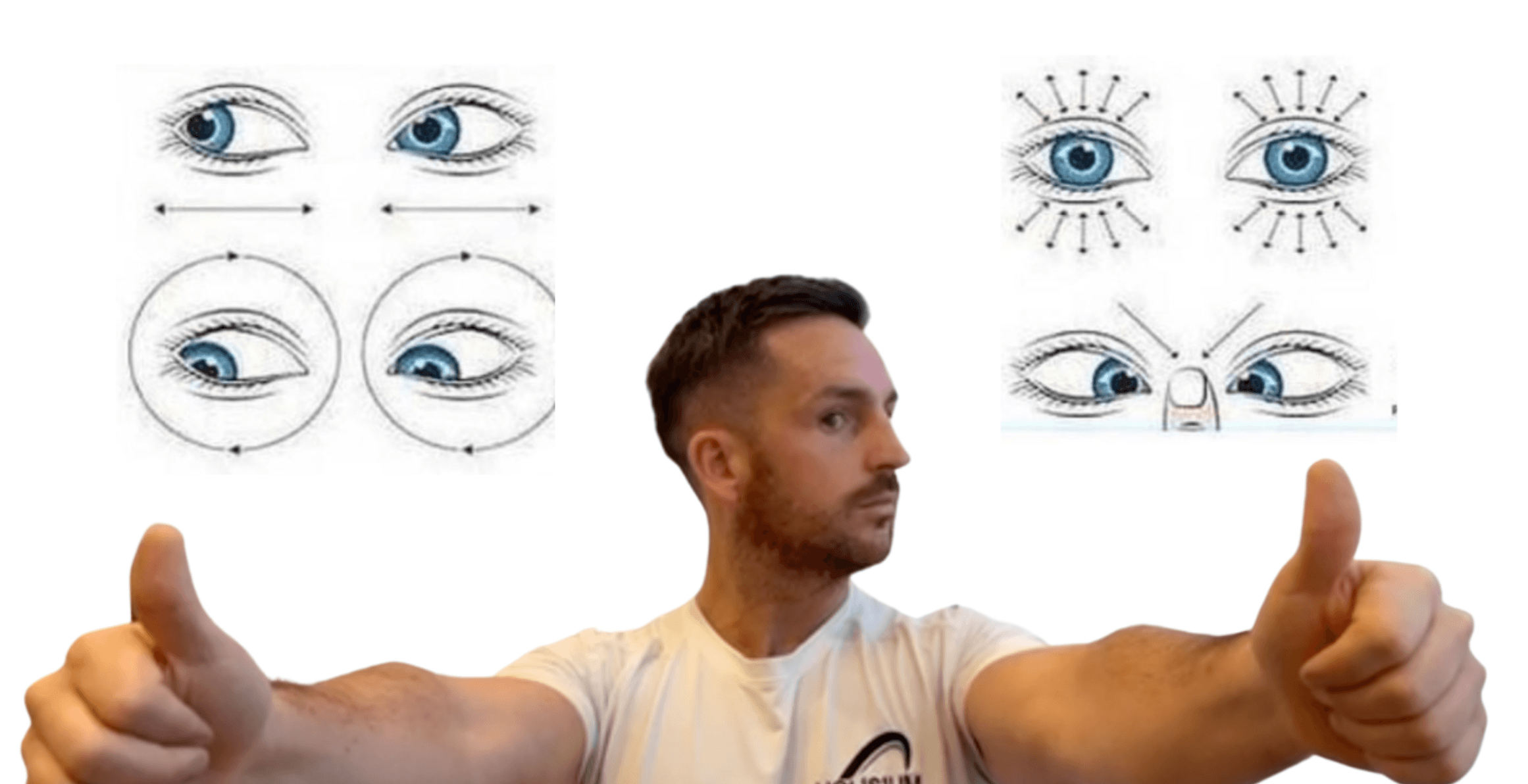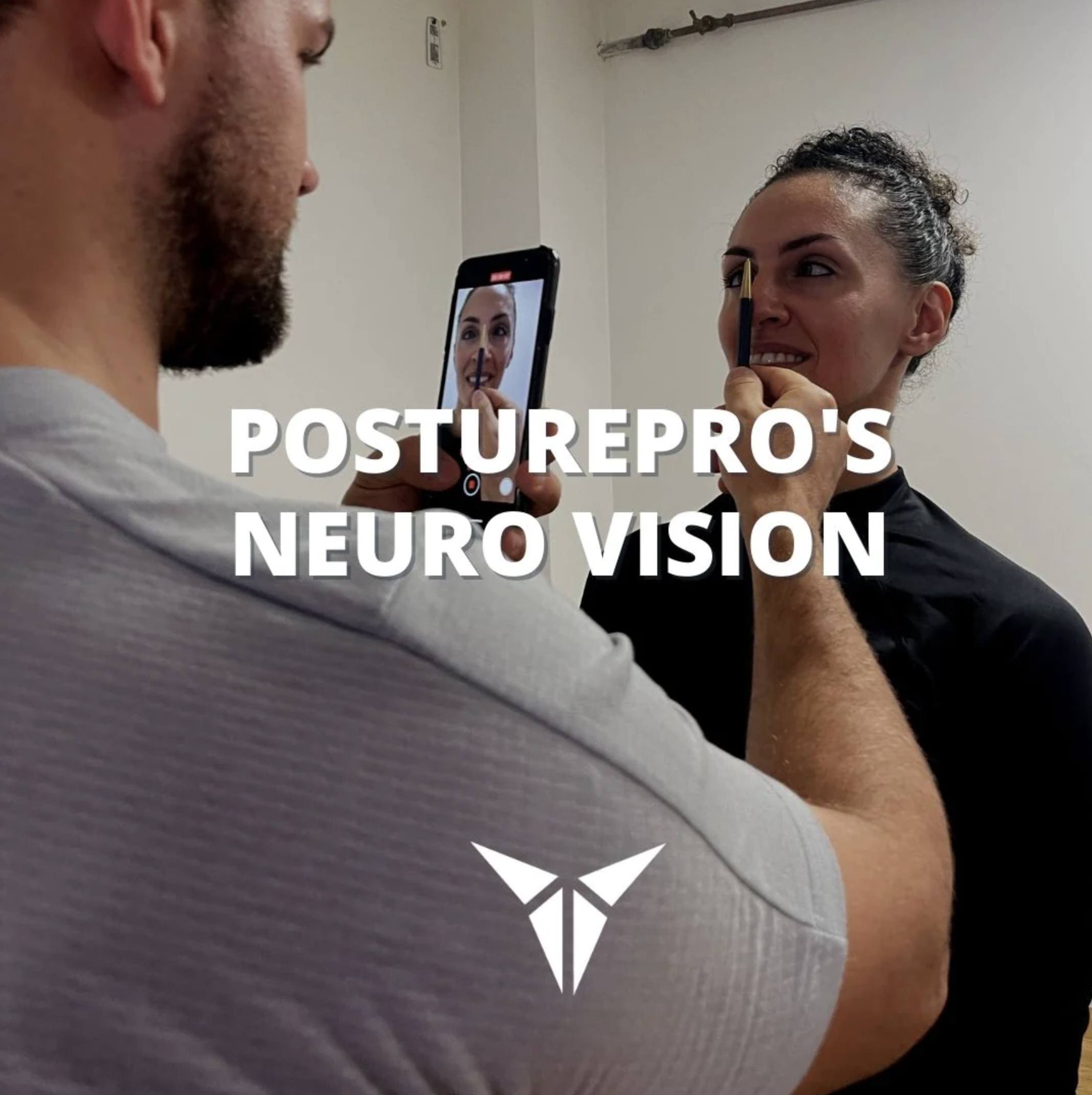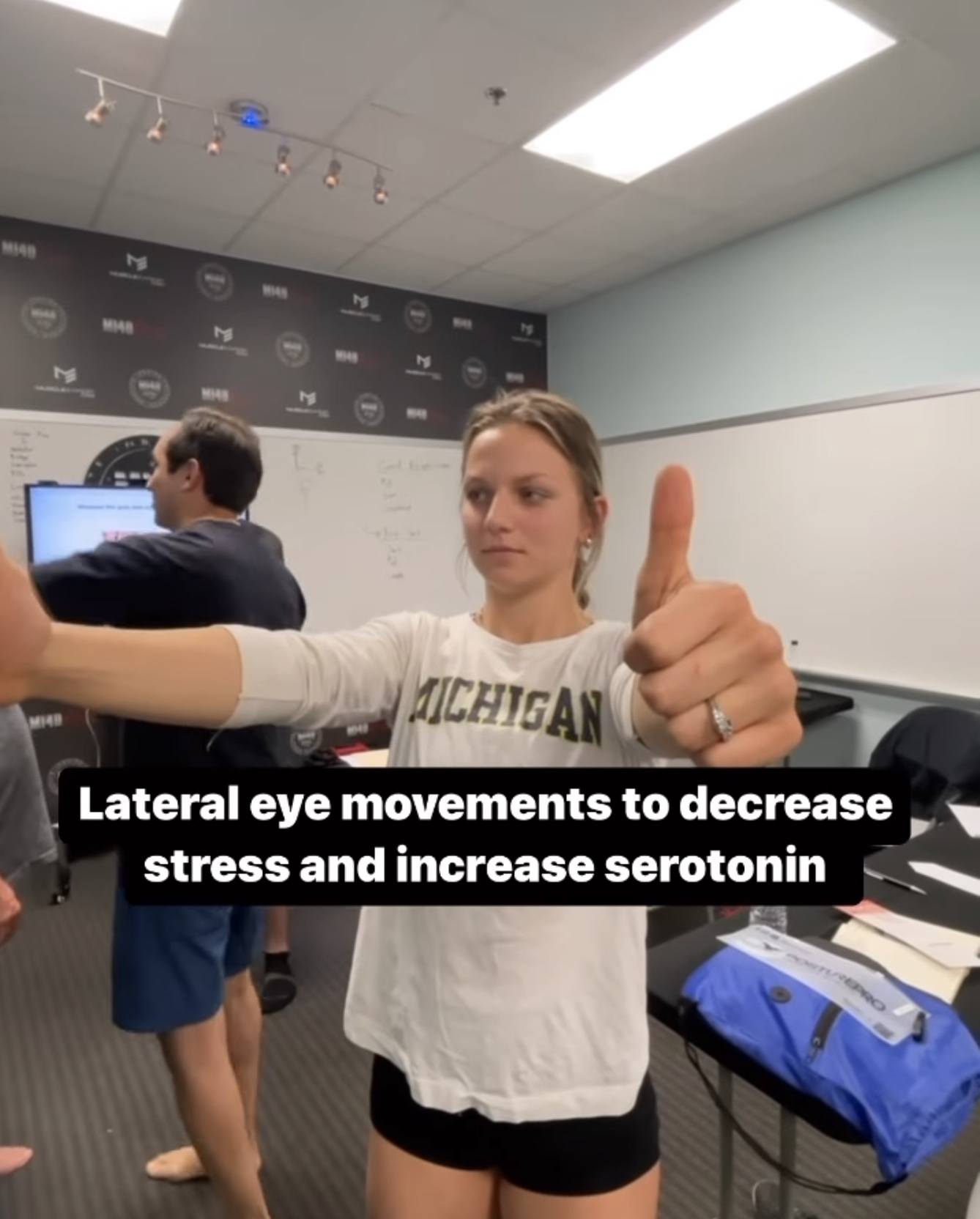The Benefits of Eye Exercises

Introduction to Eye Exercises
As someone who spends a lot of time in front of a computer or phone screen, I know firsthand the strain that it can put on my eyes. That’s why I’ve started incorporating eye exercises into my daily routine. Not only do they help me to relax my eyes after a long day of work, but they also have a range of benefits for my eye health. In this article, I’ll be sharing with you the benefits of eye exercises, how to do them, and how they work.
Eye exercises can help to improve your eye health in a number of ways. Firstly, they can help to reduce eye strain, which is particularly important if you spend a lot of time looking at screens. Eye exercises can also help to improve your eye’s ability to focus, which can help to reduce the risk of eye strain and headaches. Additionally, eye exercises can help to improve your eye’s ability to track moving objects, which is particularly important for athletes or anyone who enjoys playing sports.
Eye exercises can also help to improve your overall eye health. They can help to improve your eye’s flexibility, which can help to prevent eye diseases such as glaucoma and cataracts. Additionally, eye exercises can help to improve your eye’s ability to produce tears, which can help to prevent dry eye syndrome.
Understanding the Significance of Eye Exercises
Eye exercises work by strengthening the muscles in your eyes. Just like any other muscle in your body, your eye muscles can become weak if they aren’t used enough. Eye exercises can help to strengthen these muscles, which can improve your overall eye health.
Additionally, eye exercises can help to improve blood flow to your eyes. This can help to improve the delivery of oxygen and nutrients to your eyes, which can improve your overall eye health.
Eye Exercises: Transforming Your Health, One Blink at a Time
Eye exercises have become increasingly popular as people recognize their ability to improve overall health, posture, and cognitive function. In this article, we’ll explore the science behind these exercises, learn about their benefits, and discover real-life examples of people who’ve experienced life-changing results.
The Science Behind Eye Exercises
Our eyes are not just passive observers of the world; they’re intricately connected to our brain and can have a significant impact on our health. Eye movements, known as saccades, are essential for processing visual information and maintaining optimal cognitive function. These saccades involve rapid, coordinated contractions of the extraocular muscles, which control the position and movement of the eyes.
Research has shown that practicing specific eye exercises can enhance brain function, improve posture, and even reduce stress. These exercises help strengthen the extraocular muscles, improve eye-brain coordination, and increase the efficiency of visual processing.
Key Benefits of Incorporating Eye Exercises into Your Routine
Eye exercises offer a wide range of benefits, including:
1. Improved Posture: Poor posture often results from an imbalance in the extraocular muscles, which can affect the entire body. Eye exercises help correct these imbalances, leading to better posture and reduced pain.
2. Enhanced Cognitive Function: Regular eye training can increase the brain’s ability to process information, leading to improved memory, focus, and problem-solving skills.
3. Reduced Stress and Anxiety: Eye exercises can help alleviate stress by calming the nervous system and promoting relaxation.
4. Increased Athletic Performance: Athletes can benefit from eye exercises that enhance hand-eye coordination, reaction time, and peripheral vision.
Real-Life Examples: Meet Sarah and Michael
Let’s take a look at two individuals who have experienced the benefits of eye exercises firsthand: Sarah, a busy professional, and Michael, a dedicated athlete.
Sarah’s Story: Sarah had been experiencing chronic neck and shoulder pain for years, which she attributed to her sedentary job and poor posture. She began practicing eye exercises as part of the NeuroVision certification course, and within weeks, she noticed a significant improvement in her posture and a reduction in pain. By incorporating eye exercises into her daily routine, Sarah was able to transform her life and enjoy a newfound sense of well-being.
Aaron Story: As a competitive basketball player, Michael was always looking for ways to gain an edge over his opponents. When he learned about the benefits of eye exercises for athletes, he was eager to give them a try. After several weeks of practicing eye training techniques, Aaron noticed improvements in his reaction time, hand-eye coordination, and peripheral vision. These newfound skills helped him excel on the court and outperform his competitors.

Incorporating Eye Exercises into Your Daily Routine
Integrating eye exercises into your daily routine is simple and can be done in just a few minutes each day. Here are some popular exercises to get you started:1. Pencil Push-ups: Hold a pencil at arm’s length and focus on the tip. Slowly bring the pencil toward your nose, maintaining focus on the tip. Repeat this process 10 times.
2. Blinking: Close your eyes for a few seconds, then open them and blink rapidly for 20 seconds. This exercise helps lubricate the eyes and reduce eye strain.
3. Figure Eight: Focus on an imaginary figure eight in front of you and trace its shape with your eyes. Perform this exercise for one minute, then switch directions.
4. Peripheral Vision Training: Place an object in your peripheral vision and practice focusing on it without moving your eyes or turning your head.
How to Do Eye Exercises
There are a range of eye exercises that you can do, depending on your needs. One of the simplest exercises that you can do is called the 20-20-20 rule. This involves taking a break every 20 minutes and looking at something 20 feet away for 20 seconds. This can help to reduce eye strain and improve your eye’s ability to focus.
Another exercise that you can do is called palming. This involves placing your palms over your eyes and taking deep breaths for a few minutes. This can help to relax your eyes and reduce eye strain.
You can also do exercises to improve your eye’s ability to track moving objects. One exercise involves holding a pen at arm’s length and following it with your eyes as you move it from side to side. This can help to improve your eye’s ability to track moving objects.
In addition to eye exercises check out NeuroVision, this online program uses targeted eye exercises to enhance brain function, improve eye coordination, and posture.
References:
1. Barrett, B. T. (2009). A critical evaluation of the evidence supporting the practice of behavioural vision therapy. Ophthalmic and Physiological Optics, 29(1), 4-25. doi:10.1111/j.1475-1313.2008.00607.x
2. Ciuffreda, K. J., Kapoor, N., Rutner, D., Suchoff, I. B., Han, M. E., & Craig, S. (2007). Occurrence of oculomotor dysfunctions in acquired brain injury: A retrospective analysis. Optometry, 78(4), 155-161. doi:10.1016/j.optm.2006.11.011
3. Richman, J. E., & Garzia, R. P. (1987). Effectiveness of eye exercises in the school-based vergence/accommodative facility therapy program. American Journal of Optometry and Physiological Optics, 64(6), 415-420.
4. Thiagarajan, P., & Ciuffreda, K. J. (2013). Effect of oculomotor rehabilitation on vergence responsivity in mild traumatic brain injury. Journal of Rehabilitation Research and Development, 50(9), 1223-1240. doi:10.1682/JRRD.2012.12.0216
5. Rouse, M. W., Borsting, E., Hyman, L., Hussein, M., Cotter, S. A., Flynn, M., … & Convergence Insufficiency Treatment Trial Group. (1999). Frequency of convergence insufficiency among fifth and sixth graders. Optometry and Vision Science, 76(9), 643-649.
Can anyone benefit from eye exercises? A
Absolutely! Eye exercises are suitable for people of all ages and can be particularly helpful for those who spend long hours in front of screens.
How often should I perform these exercises?
Aim for at least 15 minutes of eye exercises each day. Consistency is key to experiencing the benefits.
Can eye exercises replace prescription glasses?
While they may not entirely replace prescription glasses, regular eye exercises can certainly complement your vision correction efforts.
Can I perform these exercises at my workplace?
Absolutely! Many eye exercises can be discreetly performed at your desk, providing relief during busy workdays.
Are there any risks associated with eye exercises?
When done correctly, eye exercises are safe. However, it’s essential to follow proper instructions and avoid overexertion.

Learn how to improve your posture and overall health through a series of eye exercises that are specifically designed to enhance your brain and spine integration.

